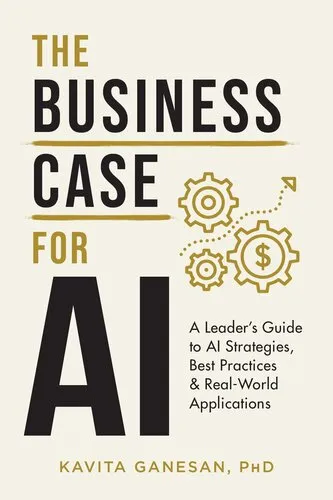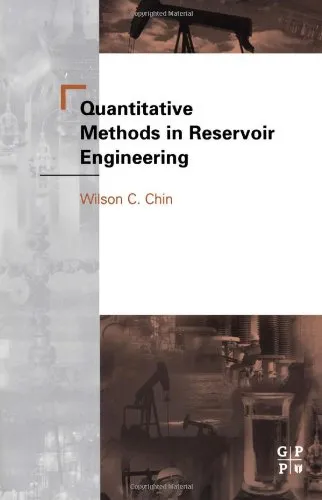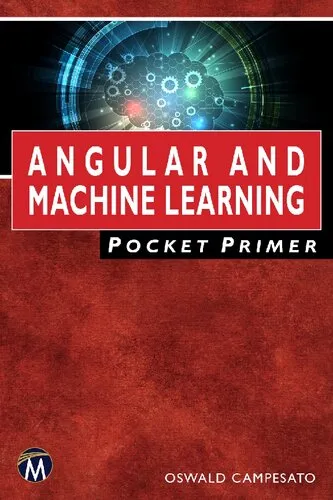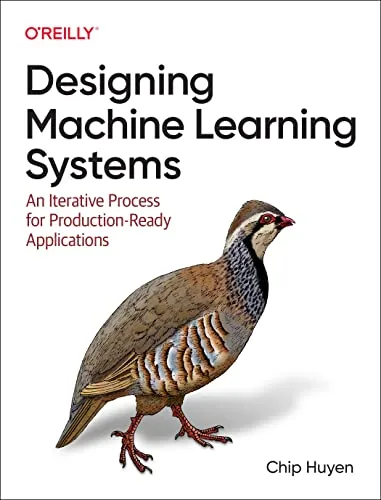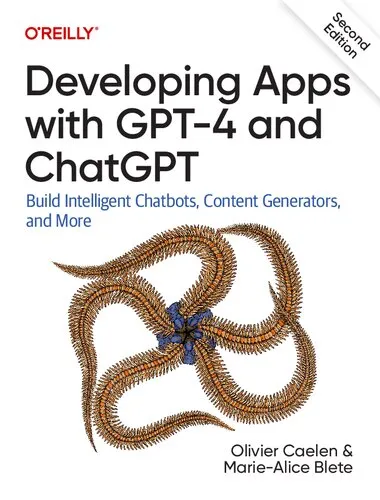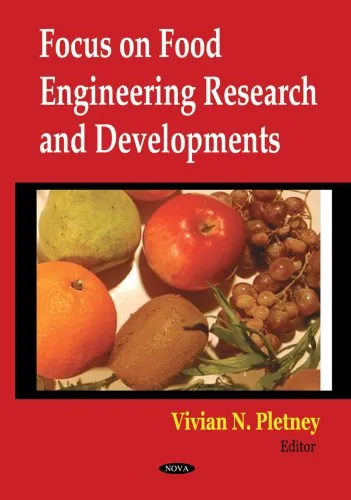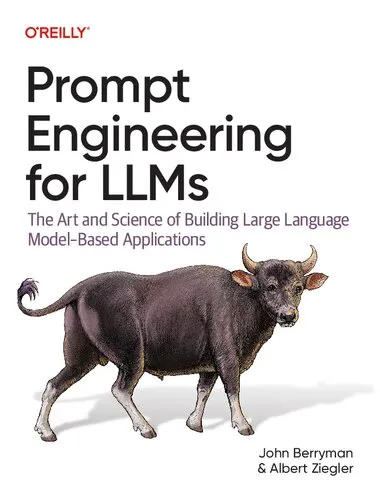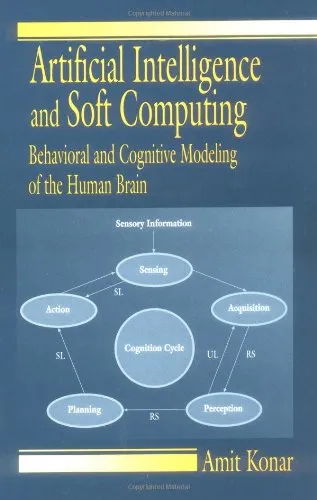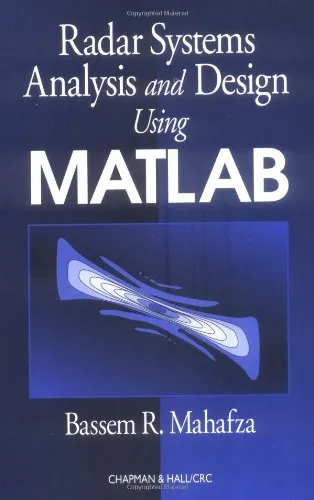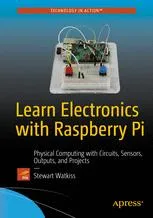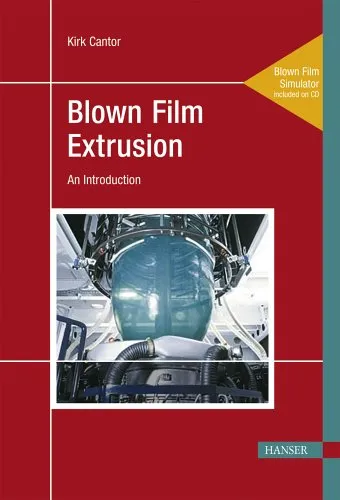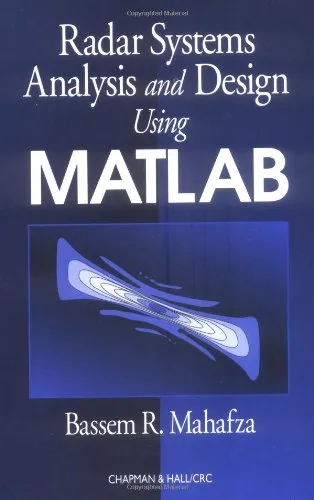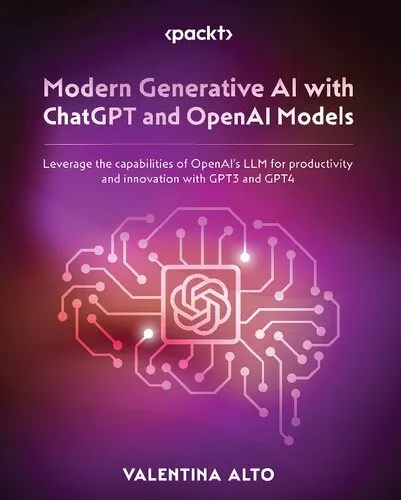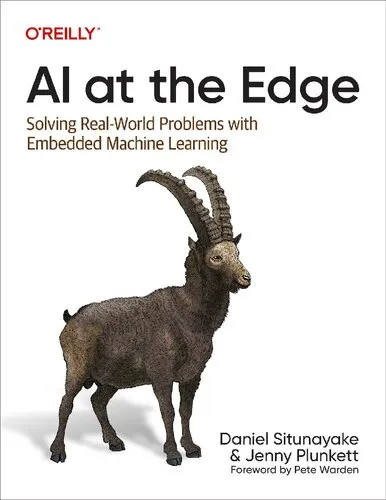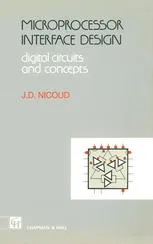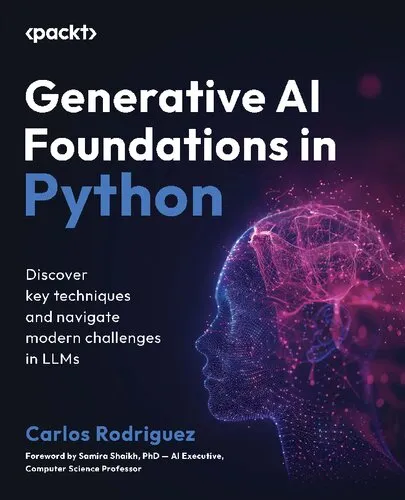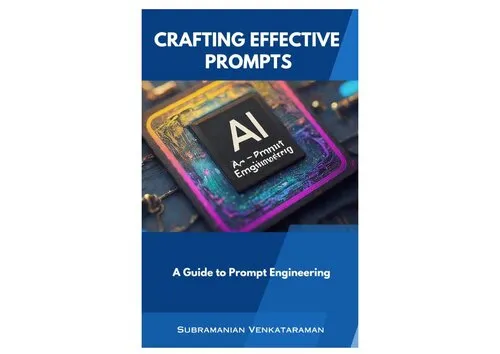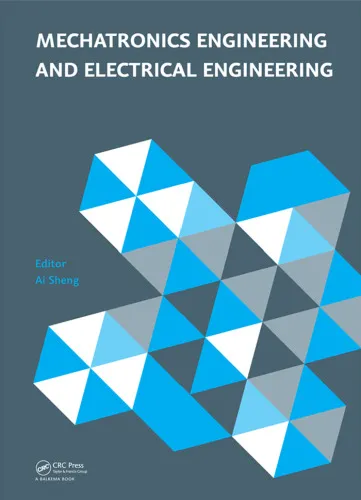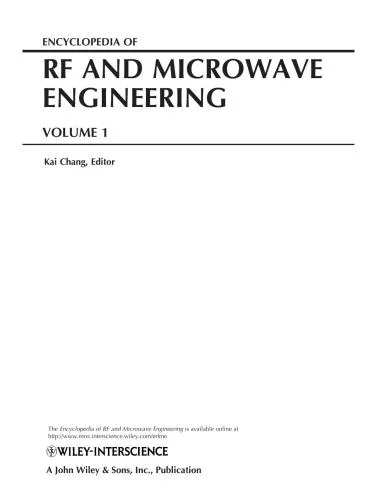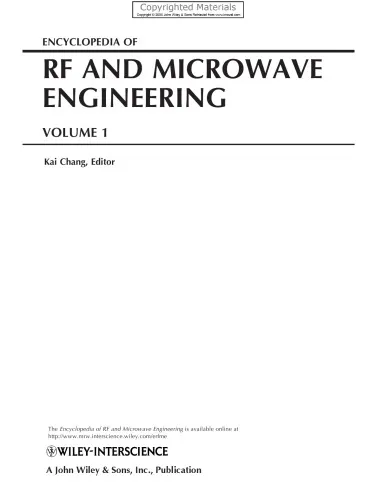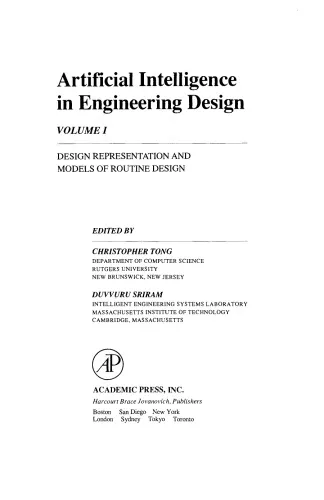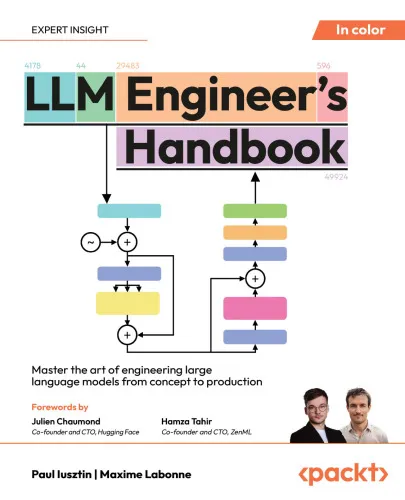Artificial intelligence for engineering design analysis and manufacturing
4.5
Reviews from our users

You Can Ask your questions from this book's AI after Login
Each download or ask from book AI costs 2 points. To earn more free points, please visit the Points Guide Page and complete some valuable actions.Related Refrences:
Analytical Summary
The book chapter “Artificial intelligence for engineering design analysis and manufacturingpp.13—22” delves into the critical convergence between artificial intelligence and the engineering lifecycle, highlighting how machine learning algorithms, expert systems, and intelligent optimization tools can transform design workflows, analytical processes, and manufacturing systems.
Written by Kartam, Nabil; Flood, Ian; and Tongthong, Tanit, this work presents an academic yet practical exploration into the applicability of AI technologies within engineering contexts. From conceptual design to final fabrication, the chapter provides systematic frameworks for integrating computational intelligence into engineering analysis and manufacturing pipelines. The content addresses the challenges of modelling complex systems, handling large datasets, and automating multi-criteria decision-making.
Each section emphasizes the symbiotic relationship between human expertise and artificial intelligence tools, arguing that the most effective engineering outcomes arise from a balanced blend of both. While the precise publication date is information unavailable due to no reliable public source, the insights remain highly relevant to today’s industry and academia.
Key Takeaways
Professionals, researchers, and students will walk away from this chapter with a clear conceptual and methodological roadmap for applying AI to the entire engineering design and manufacturing continuum.
The text underscores the importance of selecting suitable AI techniques for specific engineering problems, whether neural networks for predictive modelling or genetic algorithms for optimization. It explores effective ways to integrate computational design automation into traditional processes, increasing speed, precision, and adaptability.
Readers will also appreciate the focus on data-driven decision-making, enabling enhanced performance analysis and resource management—key factors in modern industrial competitiveness.
Memorable Quotes
Artificial intelligence will redefine the boundaries of engineering innovation.Unknown
Integrating AI into manufacturing is not optional; it is a necessity for future efficiency.Unknown
The true power lies in synergizing human expertise with computational intelligence.Unknown
Why This Book Matters
This chapter stands out as a foundational resource for those engaged in AI-driven engineering innovation, offering a bridge between theoretical AI concepts and their concrete industrial applications.
By contextualizing computational design automation within the realities of manufacturing processes, the book enables practitioners to envision more adaptive, responsive, and efficient workflows. It is equally valuable for academics seeking comprehensive material to support teaching and research, and for professionals aiming to keep their engineering practices at the cutting edge.
Its methodical approach ensures that readers can translate AI knowledge into actionable engineering strategies, a skill set increasingly critical as industries transition into Industry 4.0 landscapes.
Inspiring Conclusion
In an era where innovation defines success, “Artificial intelligence for engineering design analysis and manufacturingpp.13—22” offers more than just academic insight—it provides a strategic toolkit for shaping the future of engineering design, analysis, and production.
By embracing the lessons from this work, readers are well-positioned to implement engineering optimization with AI, harness computational design automation, and contribute to the evolving landscape of intelligent manufacturing. The chapter’s authoritative yet accessible tone makes it a must-read across disciplines.
Your next step is clear: Read, reflect upon, and share the ideas in “Artificial intelligence for engineering design analysis and manufacturingpp.13—22” with colleagues, peers, and academic circles, and join the conversation on how artificial intelligence will continue to reshape engineering for decades to come.
Free Direct Download
You Can Download this book after Login
Accessing books through legal platforms and public libraries not only supports the rights of authors and publishers but also contributes to the sustainability of reading culture. Before downloading, please take a moment to consider these options.
Find this book on other platforms:
WorldCat helps you find books in libraries worldwide.
See ratings, reviews, and discussions on Goodreads.
Find and buy rare or used books on AbeBooks.
1486
بازدید4.5
امتیاز0
نظر98%
رضایتReviews:
4.5
Based on 0 users review
Questions & Answers
Ask questions about this book or help others by answering
No questions yet. Be the first to ask!

